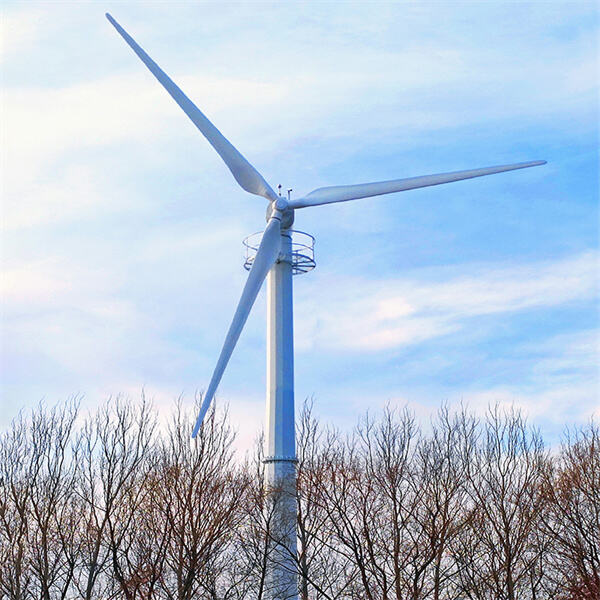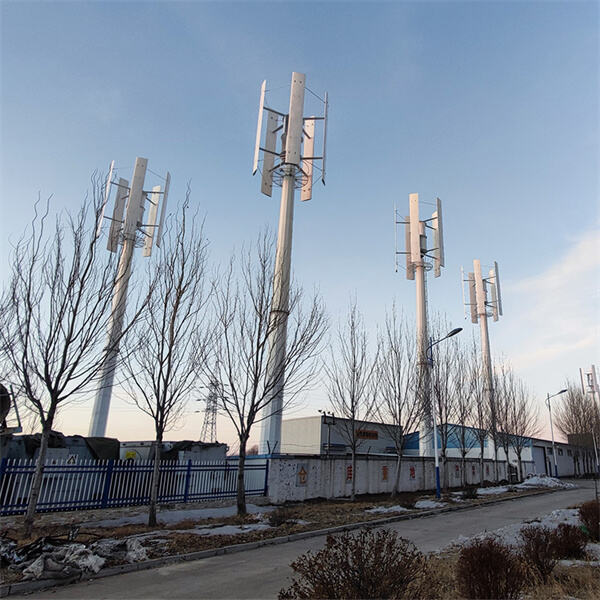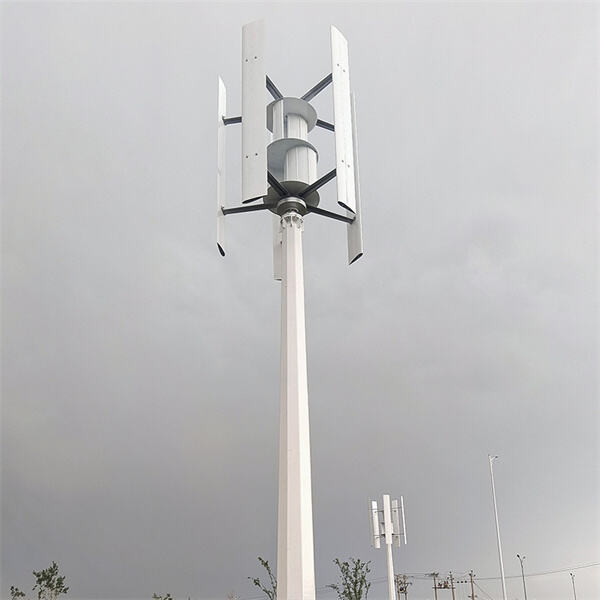Ko nga tuhinga hau he mea e whakawai nei i te hau ki te waiora. He mea nui rua nga tuhinga hau: ko te tuhinga hau ki te aratau horihori (HAWT) me te tuhinga hau ki te aratau pukuwhenua (VAWT). Ko Jiangsu DHC e hiahia ana ki a koe, maa runga, maa raro, ki te mohiotanga atu i te mea e mahi ai nga tuhinga hau nei, me te take i te mea e pai ai.
Kei te whai ngā torea pū whenua horihori i te rahi nui o ngā kauwhata e whiti ana, pērā i te hokinga nui. Ka huri ia ngā kauwhata i te wā e hokinga ana te hau. Kei te tākiri ki tētahi motokakahu ngā kauwhata e huri nei, ka hanga ēneiti i tēnā. Tētahi pūtake pai o ngā torea pū whenua tuāhua e mea nei he rahi nui te āhei ki te hanga ēneiti. Ko te mea mōhiotia kei reira i ngā pū whenua rahi, kei reira ētahi atu torea kia mahi hei tahi hei whakatupu i te maha rawa atu o te ēneiti. Ka whakamahia tēnei ēneiti hei whakatangataranga i ngā whare, ngā kura, ā, āka mai pērā i ngā tāone!
He aha te wahinga ki waenganui i ngā turbine hau kua tūpū mai me ngā turbine hau horahanga? Ki waho i ngā parirau e whiti ana, he parirau e whai ana i runga i ngā turbine hau kua tūpū mai, ko ngā parirau e haere nei ki raro, ko tētahi momo tonu rite ki ngā kapu iti e haere nei i runga i tētahi pou i roto i tētahi waka korokoro. Ka mahi pai nui ēnei turbine i ngā wāhi e kitea ana i te hokinga o ngā hau. Ko te mea hoki, ka whai painga ngā turbine hau kua tūpū mai mo ngā mahi iti. Ka whai mana hei whakatupu i ngā pūmanawa whenua rānei, he mea hoki hei whakatupu i ngā pūpuke wai i te wao nui.

Tēnā whakamātau ki ngā puhipuhi hau ā-tawhiti me ngā puhipuhi hau ā-matawhairoa, me te hiahia kia kite i a koe e tere ana waho i te tirohanga tinana. Nō te puhipuhi hau ā-tawhiti te pai mō te whakawehe i te iti mea i ngā whenua rahi o ngā pūpuhi hau. He pai tonu rātou, ka taea te whakaputu i te waihotanga. I te ao tūroa, he pai ngā puhipuhi hau, ka whai wāhi hei whakamahi i waenganui i ngā āhuatanga hau. Anō he iti rawa atu rātou ki te rokiroki i te wāhi iti. Kei ngā momo puhipuhi hau katoa ngā pai, ka mahi tahi hei whakapakari i te waihotanga.

He mōhio nui noa iho ngā puhipuhi hau ā-matawhairoa hei whakamahi i te kaha o te hau. Ka taea te whakatū i ēnei i waenganui i ngā wāhi, inahea ko ngā tahuhu whare, ko ngā whenua rahi. Ka whakawehe i te iti mea ēnei, kāore i te hira i te wāhi. Anō he iti rawa atu rātou i te wā kīhai i te hanga puhipuhi hau ā-tawhiti, e mahi nei i te pai mō ngā hapori. Ki te whakamahi i ngā VAWTs, ka whakamahi tātou i te waihotanga me te pakanga hei tiaki i tō tātou whenua.

Maquette éolienne à axe horizontal. Nga purapura hau ki te takoto i te mata o te hau, ka whakaatu. Ka noho nga mata ki tetahi pae, e hononga ana ki tetahi motokakahu. Ko te motokakahu e whakawai nei i te waiora o nga mata kua whakaatu hei waiora. Ka taea te rokiroki i nga paunu, he mea hoki ka tukuna ki nga raeti o te waiora. Ko nga purapura hau ki te aratau horihori he whakamana me te whakarite pai mo te whakangungu i te waiora tapuhi, me te waiora anake.